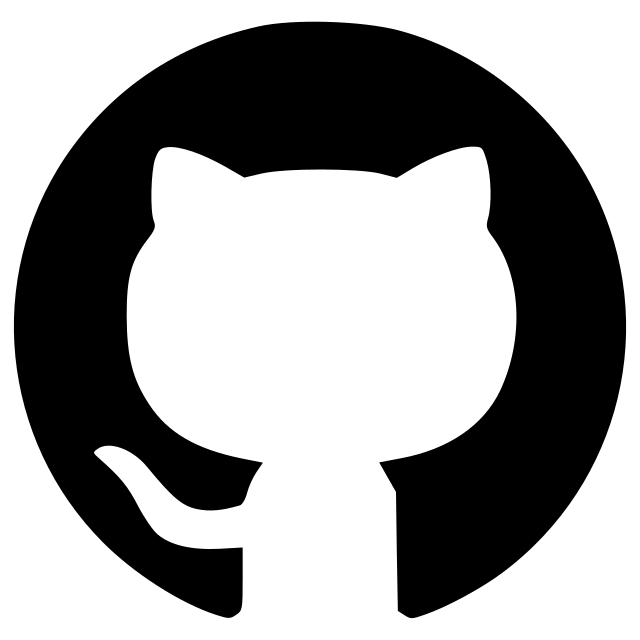Segment organoid
Segment organoids and measure intensities
Interactively segment organoids/spheroids/aggregates in brightfield/fluorescence from nd2 multipositional stack.

Installation
pip install napari-segment
or
From napari plugin

Usage for segmentation
- Drag your nd2 file into napari (otherwise try the Sample data from File / Open Sample / napari-segment)
- Lauch Plugins -> napari-segment: Segment multipos
- Select the brightfield channel
- The data is lazily loaded from nd2 dataset and dynamically segmented in the viewer.
- Binning 1-8 allows to skip small features and focus on bigger objects, also makes processing faster.

- Various preprocessing modes allow segmentation of different objects:

- Invert: will use the dark shadow around aggregate - best for very old aggregates , out of focus (File / Open Sample / napari-segment / Old aggregate)

- Gradient: best for very sharp edges, early aggregates, single cells (File / Open Sample / napari-segment / Early aggregate)

- Gauss diff: Fluorescence images The result of preprocessing will be shown in the "Preprocessing" layer.
- Smooth, Theshold and Erode parameters allow you to adjust the preliminary segmentation -> they all will appear in the "Detections" layer as outlines

- Min/max diameter and eccentricity allow you to filter out unwanted regions -> the good regions will appear in the "selected labels" layer as filled areas.


-
Once satisfied, click "Save the params!" - it will automatically create file.nd2.params.yml file, so you can recall how the segmentation was done. Next time you open the same dataset, the parameters will be loaded automatically from this file.
-
Next section is for quantifying the sizes. Pixel size will be retrieved automatically from metadata. If not: update it manually and click Update plots to see the correct sizes. Click on any suspected value to see the corresponding frame and try to adjust the above parameters.

-
If impossible to get good results with automatic pipeline, click Clone for manual correction: this will create an editable "Manual" layer which you can edin with built-in tools in napari. Click "Update plots" to see the updated values.
-
"Save csv!" will generate a csv file with regionprops.
Contributing
Contributions are very welcome. Tests can be run with tox, please ensure the coverage at least stays the same before you submit a pull request.
License
Distributed under the terms of the BSD-3 license, "napari-segment" is free and open source software
Issues
If you encounter any problems, please file an issue along with a detailed description.
Version:
- 0.3.12
Last updated:
- 2023-09-01
First released:
- 2022-10-05
License:
- BSD-3-Clause
Supported data:
- Information not submitted
Plugin type:
Save extension:





